“I am somebody.” Reflections on Hosting The AIDS Memorial Quilt
06/16/2015 11:26:44 AM
The inspiration for bringing the quilt to Shomrei Torah came from last year’s congregational Civil Rights Tour of the South. First stop was Atlanta, the birthplace of Martin Luther King and the home of the Names Project/Aids Memorial Quilt. I had last seen the quilt some 30+ years ago in Oakland during the height of the AIDS epidemic. I lived in San Francisco then and men were dying all around me, in the apartment building where I lived, at the office where I worked. It was frightening, gut-wrenching and so sad. The quilt took me by surprise. I did not know what to expect. It was intimate. Their names, stories, pictures. So many people, so many lives. It was emotionally overwhelming. Looking back I realize how traumatized we were… the living and the dead.
We included the Names Project on our trip because of our 20+ years of advocacy for GLBT rights. The quilts are housed in a large warehouse, nothing fancy, bare-bones. It was hot and muggy the day we toured the sight. The place is cavernous, dark and musty. Quilts are piled in 12’ by 12’ squares in rows that reach so deep into the building that they fade into darkness as if they go on forever. We were stunned, cracked open, just being in the space, and when we found out that sections of the Quilt could be brought to Shomrei Torah, it was “a done deal”, at least in theory.
It actually took a year of planning to bring the Quilt to Shomrei Torah. Shirley Liberman led the effort with help from a long list of dedicated volunteers. Thanks to all of you who made the dream of bringing the Quilt to Shomrei Torah a reality!
As with my first experience with the Quilt, we underestimated the emotional impact it would have on all involved. It wasn’t until Shirley and crew began to unpack the quilts and hang them that the depth of the experience became apparent. Everyone’s experience was different, but all were moved. The impact was most immediate for those whose loved ones are memorialized in the Quilt. I watched a few people walk into the sanctuary, search and then find their name, their quilt, their family member or friend. Three families in the congregation had quilts made so that their dear ones could be a part of the memorial. Those new additions moved me the most. Others, like my daughter Sophie just home from college, encountered the Quilt and the AIDS epidemic for the first time. It was hard for her to grasp at first but then she saw a quilt that touched her where she lives. It was from her college sorority memorializing their dead. And then I walked with her over to the new quilts and I asked her if she recognized anyone. It took her a moment but then she said, “That guy – there is a picture of Perry on the quilt – looks just like Jason and Corey Bornstein.” “Yes,” I replied. “That’s Linda’s brother, Perry. Ruth’s son. Cory and Jason’s uncle. He died of AIDS. Marcia made a quilt for them…isn’t it beautiful?” We were both crying…
Shabbat with the Quilt was challenging since we are not supposed to mourn on Shabbat. I’ve never bought into the idea that we can just turn on and off our emotions and so we ignored this traditional prohibition and shed more than a few tears while still celebrating Shabbat with a Tisch, a baby-naming and a Bat Mitzvah!
Jewish tradition believes that memory can be redemptive even to the point of changing the past. When the folks memorialized in the Quilt were alive, many were likely not welcome in the synagogues and churches of their families of origin. They were not welcome, they could not marry, they were at best ignored and at worst demonized. During the Shabbat of the Quilt we changed all that; they were our honored guests, “dear ones” whom we welcomed with open arms and open hearts.
In the Torah cycle of the synagogue we are reading b’midbar, in the wilderness, and the English name for the book that describes that journey is Numbers because there are a number of censuses taken in the book. Rashi, the great medieval rabbi, asked the question, “Why all the censuses? Why all the counting?” He responds that “counting is a form of endearment”. The image is that of a collector who occasionally brings out her collection just to appreciate what she has. These quilts are a form of counting, of naming, of appreciating loved ones, dear ones, our children, siblings, lovers, partners, friends. It’s a way to say, as one of the quilts proclaims, “I am somebody”, somebody dear, special, beloved, B’tzelem Elohim, created in the image of God. Precious.
In Passing
How swiftly the strained honey
of afternoon light
flows into darknessand the closed bud shrugs off
its special mystery
in order to break into blossom:as if what exists, exists
so that it can be lost
and become precious– Lisel Mueller

